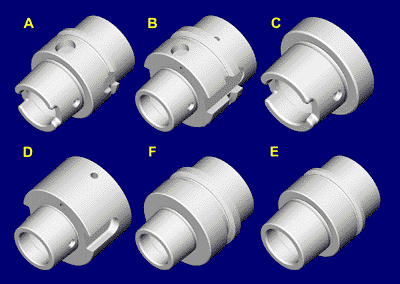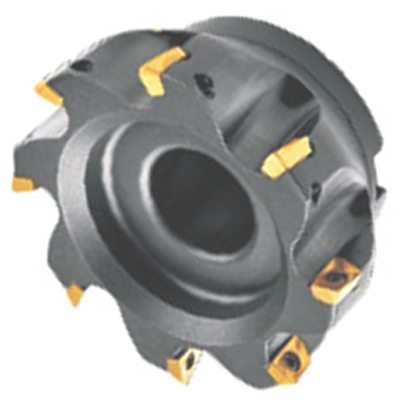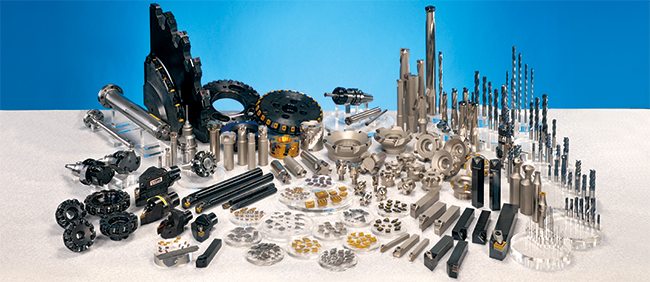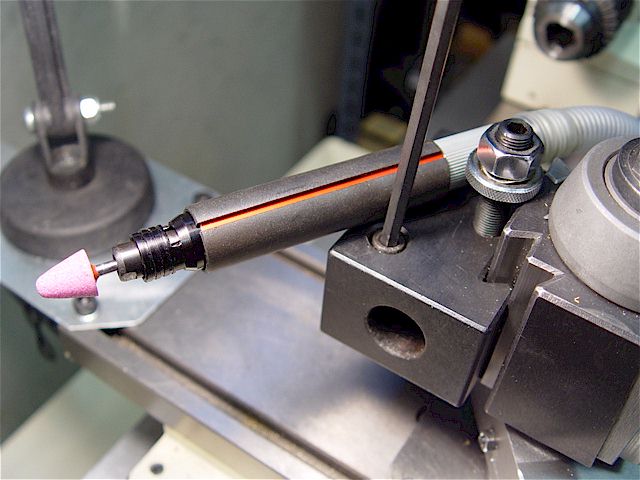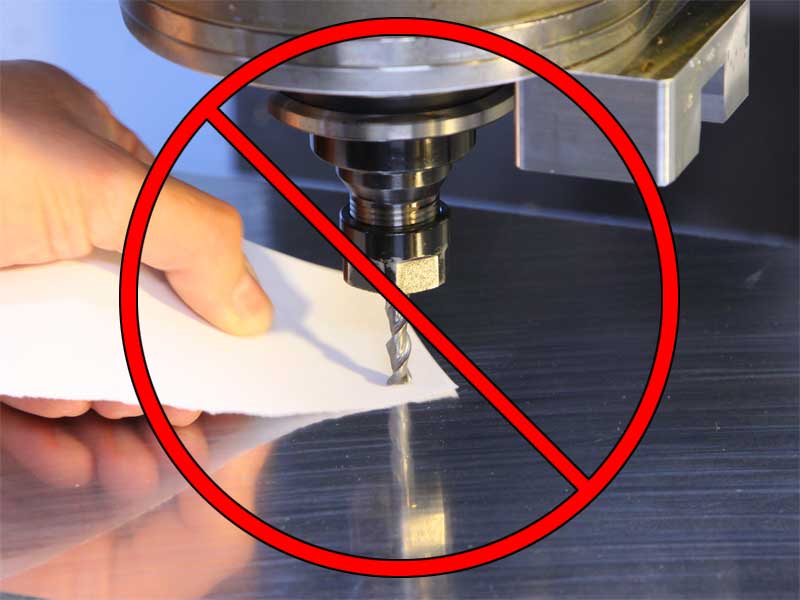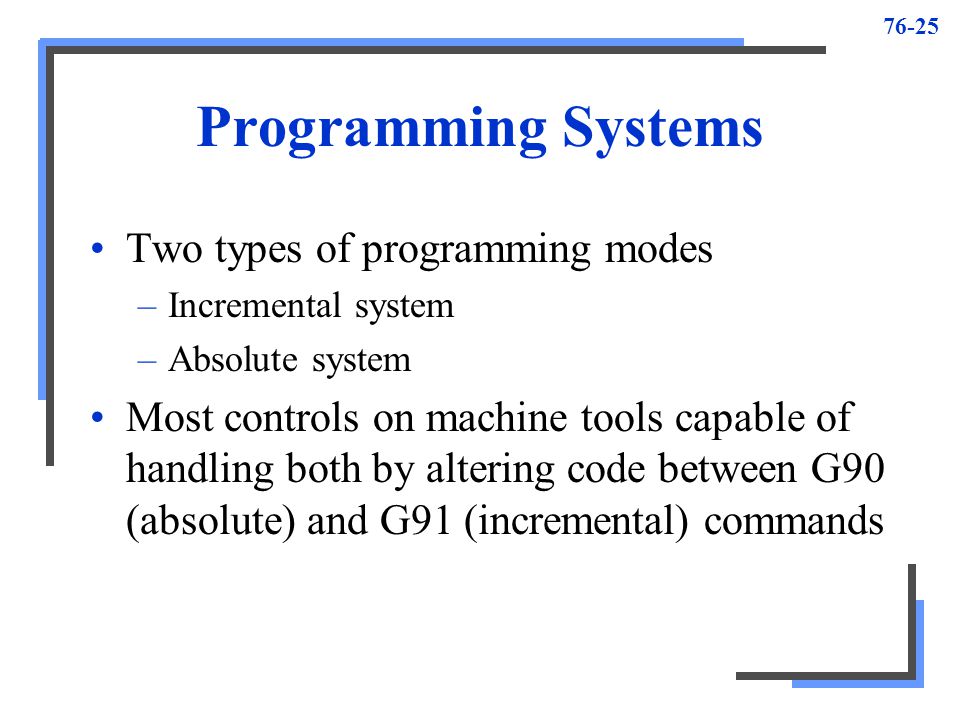Difference Between BT and HSK Tool Holders
Introduction to BT and HSK Tool Holders HSK Tool holders and BT Tool holders are some of the best available. CNCers searching for high precision tools to enable them to craft their projects with a high degree of precision and accuracy can utilise these tooling items to their benefits. Although tool holders and cutting tools [...]

